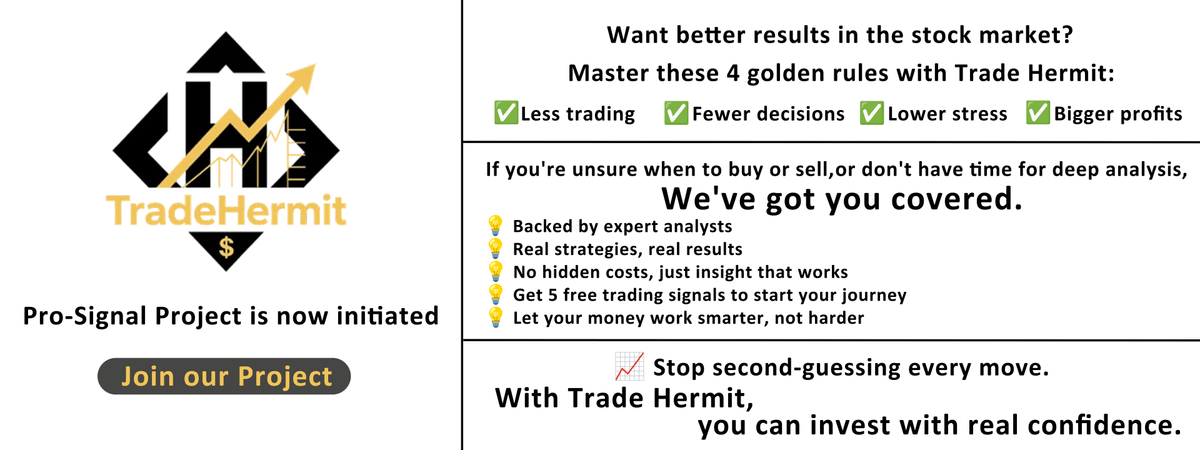On Friday, July 25, the U.S. stock market continued its "slow-bull" rhythm as the major indices posted gains. The S&P 500 rose 25.29 points (+0.4%), closing at a historic high of 6388 points, while the Nasdaq gained 50.36 points (+0.24%), also setting a record closing level. The market's resilience was evident, validating the "slow-and-steady" bull market logic, with short-term downside risks proving to be minimal.
I. Index Performance: New Highs as the Norm, Gradual Growth as the Main Trend
This week, all three major U.S. indices ended in the green, with both the S&P 500 and Nasdaq hitting all-time highs. The market's "slow but steady" rally is a classic feature of a mid-bull market, where there are no explosive surges that could deplete momentum, nor violent corrections that could disrupt the trend. Over the years, this incremental rise, with small daily gains, has tended to last longer and is less prone to short-term corrections.
The market's current pace of steady growth should remain intact for the short term, barring any major economic or geopolitical surprises.
II. Federal Reserve: Dimming Rate Cut Expectations, Powell’s Speech Becomes the Key Focus
The biggest variable this week came from the Federal Reserve. Despite President Trump’s visit to the Fed's building project in an attempt to pressure the Fed into cutting rates, Fed Chairman Jerome Powell remained firm, denying any knowledge of the building's cost and reiterating a hawkish stance.
Next week’s July 29–30 Federal Open Market Committee (FOMC) meeting will be crucial. The market currently assigns only a 2.6% probability of a rate cut in July, while the probability for a rate cut in September is 63.8%. The market will closely watch Powell’s comments for any hint of a "two rate cuts this year" signal, particularly if economic data supports it. A dovish stance could further bolster market risk appetite, pushing stocks higher. Conversely, maintaining a hawkish outlook may lead to a period of sideways consolidation.
III. Trade Talks: Tariff Deadline Looming, Mixed Signals Ahead
Another focal point is the ongoing tariff negotiations, with the August 1st deadline fast approaching. If no agreement is reached, the U.S. could impose 30% tariffs on the 27 EU nations, with the EU potentially retaliating. Current negotiations between the U.S. and Europe have a 50% chance of success, and any developments will directly impact market sentiment.
Meanwhile, a trade deal with Japan has been finalized this week, which includes lower tariffs on U.S.-bound Japanese cars and more procurement commitments from Japan. This is seen as a positive development for the markets, as the automotive sector benefits directly from tariff reductions.
On the other hand, the U.S.-China talks, ongoing in Sweden, face the August 12th deadline for a pause extension. Any optimistic signals from these talks could provide a new catalyst for stock market growth.
IV. Stock Operations: Costco Bottoming, CRCL/UNH Risk Alerts
Costco: Defensive Positioning, Stage-Based Rebound Likely
Costco’s membership-based revenue model remains stable, with high retention rates. The stock has recently corrected by 14%, falling from a peak of $1076 to $935. Historical pullbacks rarely exceed 20%, and the 50-week support is solid. Despite some valuation concerns (P/E ratio of 53x), Costco is more suitable for range-bound trading and stage-based rebounds rather than explosive price movement.
CRCL/UNH: Risk in New Stocks and Health Insurance
CRCL (a stablecoin-related concept) has faced significant volatility due to challenges in obtaining a banking license and increased competition from USDT. Technically, $172 is the key support level. A break below this could trigger further sell-off among technical traders.
UNH (UnitedHealth) is under investigation by the DOJ for potential misconduct in its medical services. Combined with next week’s earnings report, which carries the potential for a negative surprise, the stock has fallen from $300 to $280. If the company reports weak earnings or a lack of clear guidance, further downside is likely.
Tesla: Post-Earnings Rebound, 250-Day Moving Average as Support
Tesla’s Q2 earnings were disappointing, but the stock has rebounded. The 250-day moving average (around $300) is a strong support level. In the short term, Tesla may enter a period of sideways consolidation, as the market awaits new catalysts.
V. Earnings Outlook: Tech Giants Ready to Dominate, Who Will Spark the Market?
Next week marks "Super Earnings Week", with major tech giants including Apple, Meta, Amazon, and Microsoft set to report their earnings:
- Meta: Analysts expect Q2 revenue of $44.7 billion (QoQ growth) and earnings per share of $5.88 (a fourth consecutive quarter of outperformance). If results exceed expectations, Meta’s stock could approach all-time highs.
- Microsoft: Revenue and profits are expected to show stable QoQ growth, and with its long-term growth trajectory, it remains a solid long-term holding.
- Apple: Both revenue and profit are expected to decline slightly QoQ, while YoY results may remain flat or slightly down. Despite this, Apple’s weight in the market may provide a supporting effect for the stock.
Together, these four tech giants represent over 20% of the S&P 500’s weight, and their earnings results will play a crucial role in determining market direction for next week.
VI. Conclusion: The Slow Bull Remains, Focus on Key Variables
The core logic behind the continued new highs in the U.S. stock market remains intact: indices are gradually rising, driven by earnings support and healthy growth. The key short-term variables are the Fed’s stance on rate cuts and trade negotiations.
In terms of strategy:
- Focus on defensive stocks like Costco for stage-based rebounds.
- Be cautious with new stocks (like CRCL) and volatile stocks (like UNH) facing higher risk.
- Keep a close eye on next week’s earnings, particularly from the tech giants.
Markets are always in flux between expectations and reality. Patience and alignment with prevailing trends may be the best approach in navigating this slow-bull market.

